How Are Polarizing Filters Made ?
Polarizing filters are made by embedding a special material, such as a polymer film or a sheet of glass, with microscopic aligned molecules. These aligned molecules act as a barrier to selectively block or transmit light waves based on their polarization orientation. The process involves stretching the material to align the molecules in a specific direction and then laminating it between two layers of protective material. This alignment allows the filter to block or reduce glare and unwanted reflections, while allowing only light waves with a specific polarization orientation to pass through. The resulting polarizing filter can be used in various applications, such as photography, sunglasses, LCD screens, and scientific instruments, to enhance visibility and reduce glare.
1、 Production process of polarizing filters using stretched polymer films.
Polarizing filters are made through a production process that involves using stretched polymer films. These films are typically made from a material called polyvinyl alcohol (PVA) or other similar polymers. The production process of polarizing filters begins with the creation of a PVA film, which is then stretched in one direction to align the polymer chains.
The stretching process is crucial as it creates a highly ordered structure within the film, allowing it to selectively transmit light waves that are oscillating in a specific direction. This alignment of the polymer chains enables the film to act as a polarizing filter, blocking light waves that are vibrating in a perpendicular direction to the alignment.
After the stretching process, the PVA film is typically dyed with a dichroic dye to enhance its polarizing properties. The dye molecules align themselves with the polymer chains, further reinforcing the film's ability to block specific light waves.
Once the film is dyed, it is sandwiched between two layers of protective material, such as glass or plastic, to ensure its durability and longevity. The layers are then bonded together using an adhesive or heat-sealing process.
In recent years, there have been advancements in the production of polarizing filters using different materials and techniques. For example, researchers have explored the use of nanotechnology to create polarizing filters with improved optical properties. Additionally, there has been a growing interest in developing flexible and lightweight polarizing films for applications in wearable devices and flexible displays.
Overall, the production process of polarizing filters using stretched polymer films remains the most common and effective method. However, ongoing research and development continue to explore new materials and techniques to enhance the performance and versatility of polarizing filters in various applications.

2、 Manufacturing techniques for polarizing filters, including dye-based and thin-film methods.
Manufacturing techniques for polarizing filters involve various methods, including dye-based and thin-film techniques. These methods are used to create filters that selectively transmit or block polarized light, allowing only light waves oscillating in a specific direction to pass through.
Dye-based polarizing filters are created by impregnating a transparent material, such as plastic or glass, with a dye that aligns the molecules in a specific direction. This alignment allows the filter to absorb light waves oscillating in one direction while transmitting light waves oscillating in the perpendicular direction. Dye-based filters are relatively inexpensive to produce and can be easily manufactured in large quantities. However, they may suffer from degradation over time due to exposure to sunlight or other environmental factors.
Thin-film polarizing filters are made using a more complex manufacturing process. They involve depositing multiple layers of thin films, typically made of materials like metal oxides or polymers, onto a substrate. These layers are carefully designed to create a filter that selectively reflects or transmits light waves based on their polarization. Thin-film filters offer superior optical performance, high durability, and resistance to environmental factors. They are commonly used in applications where precise control of light polarization is required, such as in photography, LCD displays, and optical instruments.
In recent years, advancements in manufacturing techniques have led to the development of new types of polarizing filters. For example, researchers have explored the use of nanotechnology to create nanostructured materials that exhibit unique polarizing properties. These materials can manipulate light at the nanoscale, enabling the creation of highly efficient and compact polarizing filters. Additionally, efforts are being made to develop flexible and stretchable polarizing filters that can be integrated into wearable devices or curved displays.
Overall, the manufacturing of polarizing filters involves a combination of traditional dye-based methods and advanced thin-film techniques. Ongoing research and development in this field continue to push the boundaries of filter performance, durability, and versatility.
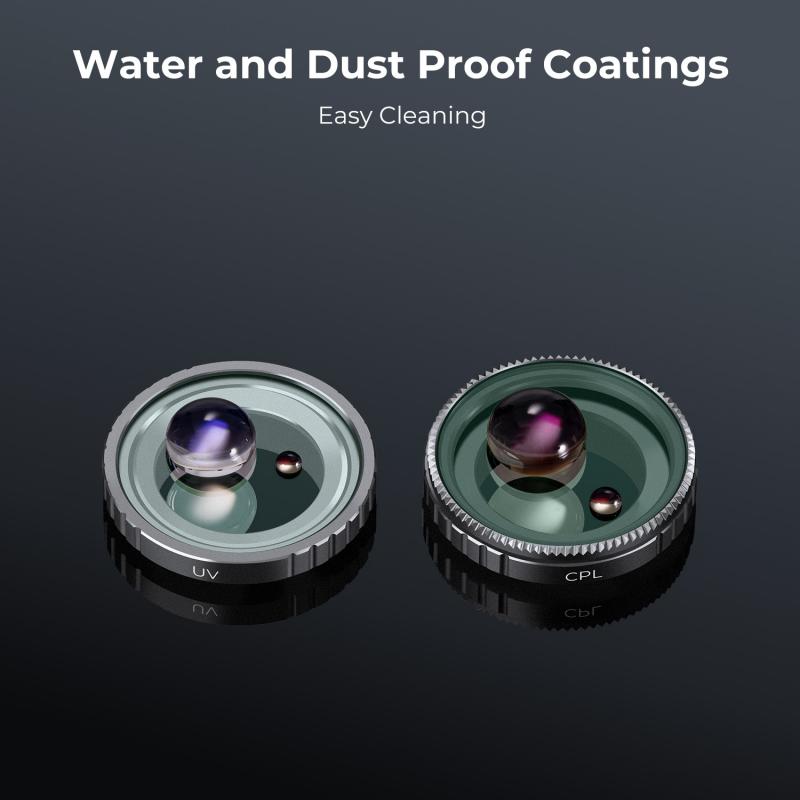
3、 Creation of polarizing filters through the alignment of liquid crystals.
Polarizing filters are made through the alignment of liquid crystals. These filters are widely used in various optical devices, such as cameras, sunglasses, and LCD screens, to selectively block or transmit polarized light waves.
The creation of polarizing filters begins with a thin film made of a transparent material, typically a polymer. This film is then coated with a layer of liquid crystals, which are organic compounds that have unique optical properties. The liquid crystals are aligned in a specific direction using various techniques, such as rubbing or stretching the film.
The alignment of liquid crystals is crucial in the creation of polarizing filters. When light passes through the filter, it encounters the aligned liquid crystals. These crystals act as tiny optical filters, selectively blocking or transmitting light waves based on their polarization direction. The aligned liquid crystals effectively absorb light waves that are perpendicular to their alignment, while allowing light waves that are parallel to their alignment to pass through.
The latest advancements in polarizing filters involve the development of new materials and manufacturing techniques. Researchers are exploring the use of nanotechnology to create more efficient and durable filters. They are also investigating the use of different types of liquid crystals, such as cholesteric liquid crystals, which have unique properties that can enhance the performance of polarizing filters.
In conclusion, polarizing filters are made through the alignment of liquid crystals. The precise alignment of these crystals allows the filters to selectively block or transmit polarized light waves. Ongoing research and development in this field aim to improve the efficiency and durability of polarizing filters, opening up new possibilities for their application in various optical devices.

4、 Fabrication of polarizing filters using nanostructures and metamaterials.
Polarizing filters are essential optical devices used to selectively transmit light waves with a specific polarization orientation while blocking others. The fabrication of polarizing filters has evolved over time, with the latest advancements incorporating nanostructures and metamaterials.
Traditionally, polarizing filters were made using materials such as polaroid sheets or thin films of iodine-stained polyvinyl alcohol. These materials had aligned polymer chains that acted as a polarizing medium. However, these methods had limitations in terms of durability, efficiency, and spectral range.
In recent years, researchers have turned to nanostructures and metamaterials to fabricate polarizing filters with enhanced properties. Nanostructures, such as nanowires or nanogratings, can be patterned on a substrate to create anisotropic structures that selectively transmit light of a particular polarization. These structures can be fabricated using techniques like electron beam lithography or nanoimprint lithography.
Metamaterials, on the other hand, are artificially engineered materials with unique electromagnetic properties not found in nature. By designing the geometry and arrangement of subwavelength structures, metamaterials can exhibit extraordinary polarization-dependent optical properties. Metamaterial-based polarizing filters can be fabricated using techniques like electron beam evaporation, sputtering, or nanoimprint lithography.
The latest point of view in the fabrication of polarizing filters involves the use of plasmonic metamaterials. Plasmonic metamaterials combine plasmonics, which deals with the interaction of light with metallic nanostructures, and metamaterials. These structures can provide highly efficient and broadband polarizing filters, enabling applications in areas such as imaging, displays, and optical communications.
In conclusion, the fabrication of polarizing filters has advanced from traditional methods to incorporate nanostructures and metamaterials. These advancements have led to improved durability, efficiency, and spectral range, opening up new possibilities for various applications. The latest focus is on plasmonic metamaterials, which offer enhanced performance and versatility in polarizing filter design.




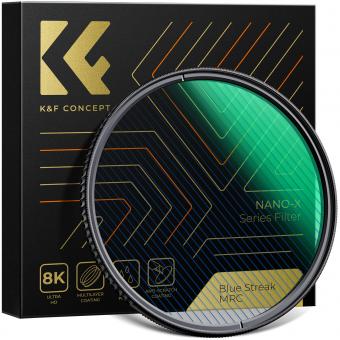





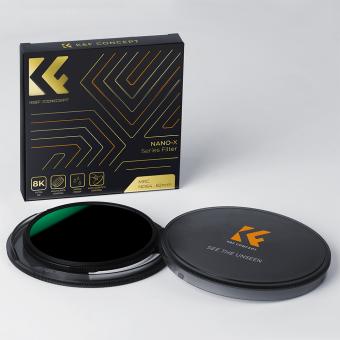
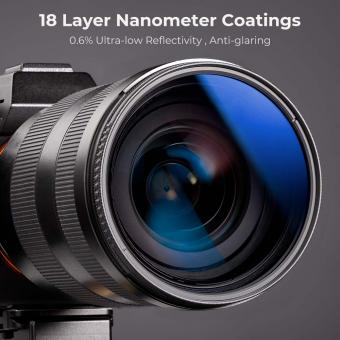
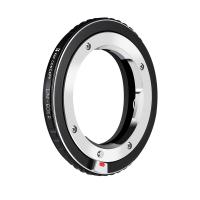
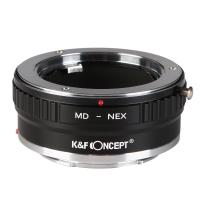

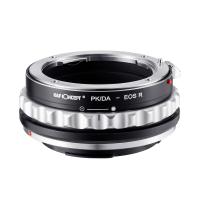



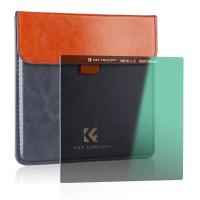



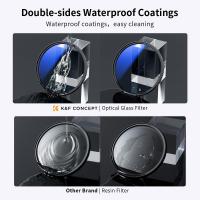
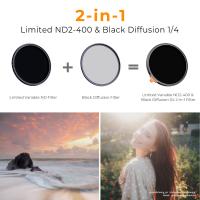





There are no comments for this blog.